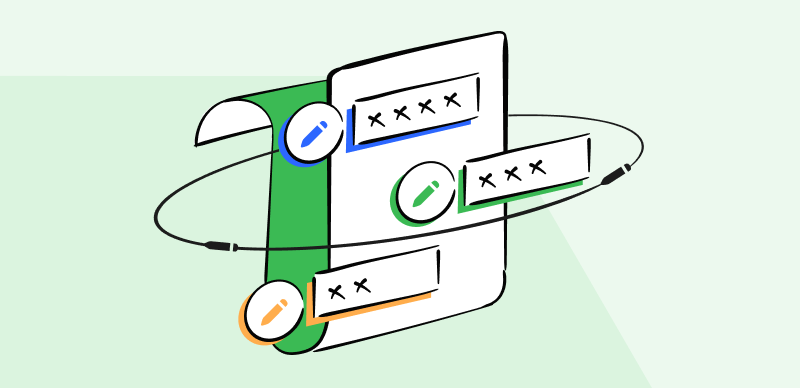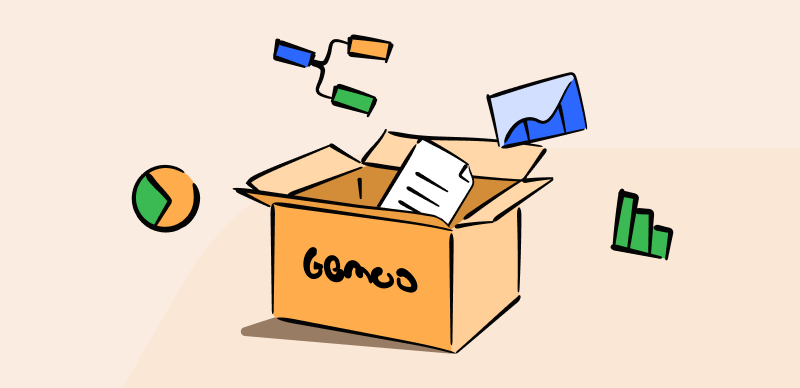Hey startups, it’s Morgan, the founder of Gemoo.
We are currently working on pricing Gemoo, so I have been doing a lot of research and learning in this area these past few days. I’ve read some interesting psychological factors behind product pricing, which I think are worth sharing with everyone.
The Psychology Behind Pricing
At the heart of these pricing psychology principles is the idea that humans are irrational creatures. We don’t always make logical decisions. In fact, most of our decisions are based on emotions and biases.
For example, we tend to be drawn to numbers that are easy to process. That’s why prices ending in .99 or .95 are more appealing to consumers. We also tend to be influenced by the context in which a product is presented. That’s why placing your target offer in the middle can make it more appealing. Another key idea behind pricing psychology is that we tend to be more motivated by the fear of losing something than the desire to gain something. That’s why starting with bad news can be an effective way to grab attention and make an offer that looks fair.
Therefore, I have summarized the 10 principles below that can help you set the right prices for your products and services. If you are struggling with how to price your product like me, this blog post may give you some inspiration.
Set the Bar High
Users hang on to that initial piece of information. It affects all judgments. And it works even if the number isn’t related to the decision. So start with the highest price or just a high number – both work.
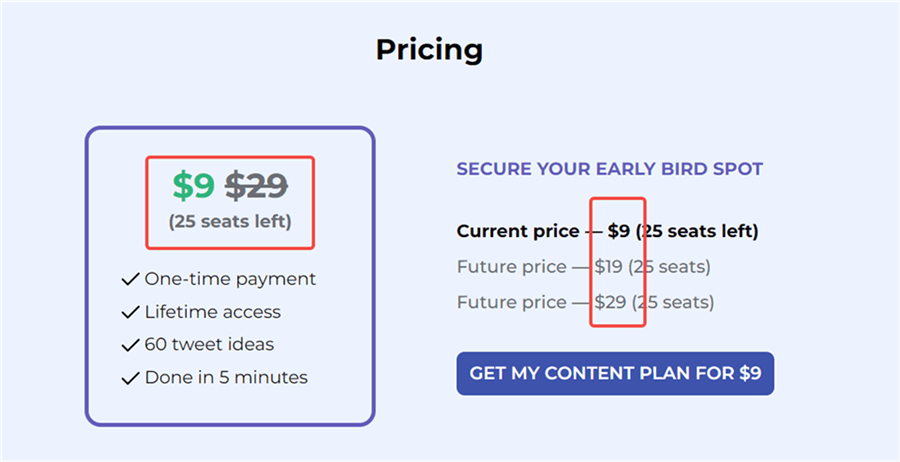
Start with the Highest Price
Odd-Even Pricing
Odd-even pricing is a simple but effective technique that retailers can use to increase sales and reduce the impact of price increases.
For example, prices ending in .99 or .95 tend to be more appealing to consumers. This is because these prices create the illusion of being much cheaper than they actually are. In fact, the difference between a price of $9.99 and $10.00 is only one cent, but consumers are more likely to buy the item priced at $9.99 because the number “9” appears to be much smaller than “10”.
Moreover, odd-even pricing is not limited to just .99 or .95. Retailers can use any odd number to create a similar effect. For instance, a price of $3.97 is still more appealing to consumers than $4.00 even though the price difference is only three cents. This is because the odd number again creates the illusion of being much cheaper than it actually is.
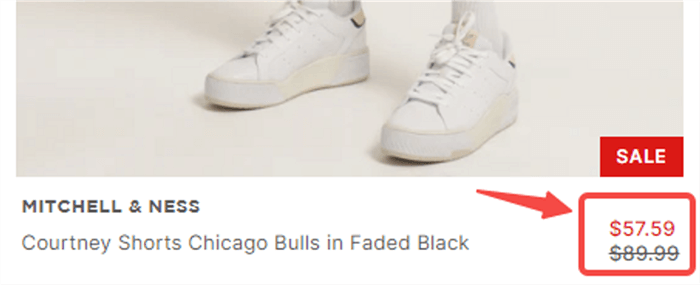
Odd-even Pricing
No More Commas
Removing commas can effectively affect people’s recognition of numbers.
For example, $1,499 and $1499 are different. When people read 1,499, they say “One-thousand four hundred and ninety-nine” (10 syllables), while when they read 1499, they say “Fourteen ninety-nine” (5 syllables). Considering fluency, people tend to have a lower cognitive recognition of the latter number.
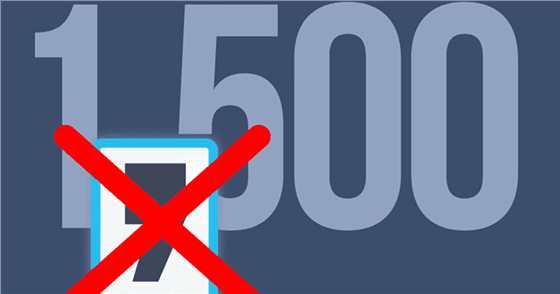
Removing Commas
Pay Now, Buy Later
Offering delayed payment options can be an effective way to boost sales. If you can offer installment payment options, people will perceive your products as cheaper and will consider each payment as the actual price of your product!
For example, if you’re selling an online course worth $499 and offer a five-payment installment plan of $99 each, you will trigger people’s mental calculators. They are likely to compare $99 with competitors’ total price of $500, which can give you a huge competitive advantage.
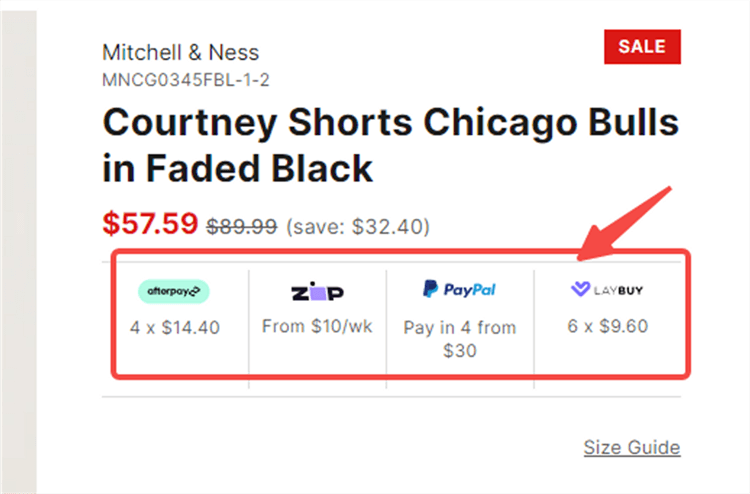
Offering Delayed Payment Options
Reduce the Price of Fonts
One approach to increasing sales is to reduce the price of fonts. It is important to consider the size of the font when selling individual products. While larger font sizes may create a bigger impact, smaller font sizes can also be effective in certain situations.
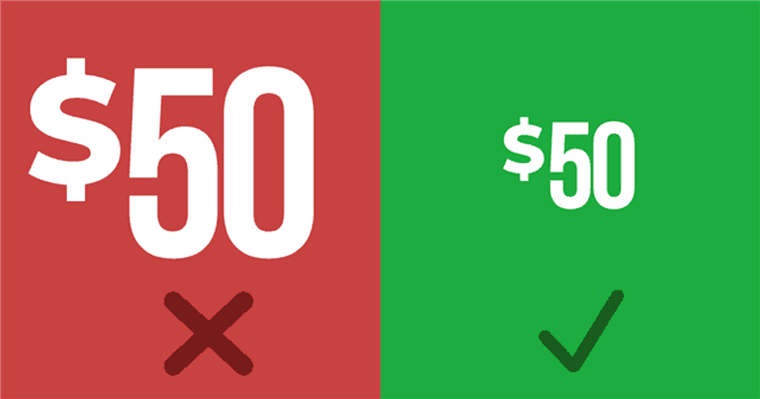
Reduce the Price of Fonts
This tactic might only work with single products. Large fonts might work better for multiple products because customers judge the difference between those prices: Hmm, how big is the price difference? Something feels big. The difference must be big.
Keep It Center Stage
When it comes to presenting a set of options, our eyes are naturally drawn to the center. This is because we perceive the central option as the most popular or important one. Therefore, if you have a targeted offer that you really want people to notice and consider, it would be wise to place it in the center of the display. By doing so, you will increase the visibility of that option and potentially attract more attention to it.
In addition, there are other ways to draw attention to your target offer. For example, you can use bold or contrasting colors to make it stand out from the rest of the options. You can also add a catchy tagline or description that highlights the unique benefits of choosing that option. By taking these steps, you can create a more compelling offer that will grab people’s attention and encourage them to take action.
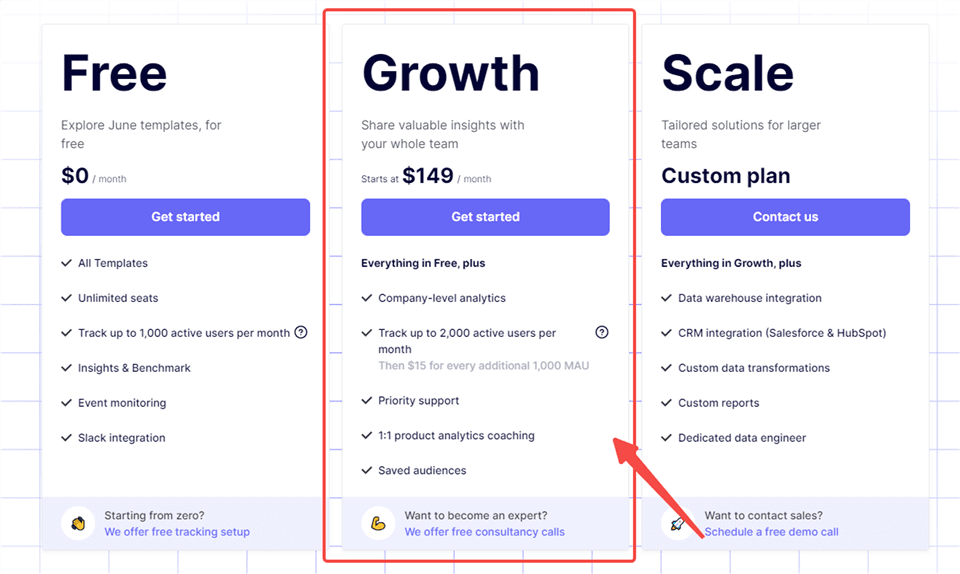
Place Price in the Center
Remember, the goal is not just to present a set of options, but to guide people towards the choice that you want them to make. By keeping your target offer center stage and using other attention-grabbing techniques, you can increase the chances that people will choose that option and ultimately achieve your desired outcome.
Spotlight The Saving
One of the key factors that can influence consumer behavior is the emphasis on saving money. By focusing on the benefits of saving, companies can appeal to the natural inclination of consumers to look for ways to reduce their expenses.
For example, companies can offer exclusive deals or promotions to incentivize customers to make a purchase and save money at the same time.

Spotlight The Saving
Break Down Your Offer
Breaking down your offer into smaller, more manageable pieces can make it more appealing to consumers. When you break down your offer into smaller pieces, you can highlight the benefits of each component and show how they all work together to create a comprehensive solution for your customers.
By providing more detail about each component of your offer, you can also increase your customers’ confidence in your product or service. This approach can work particularly well for complex or expensive offers, as it can help customers understand the value they are getting for their money.
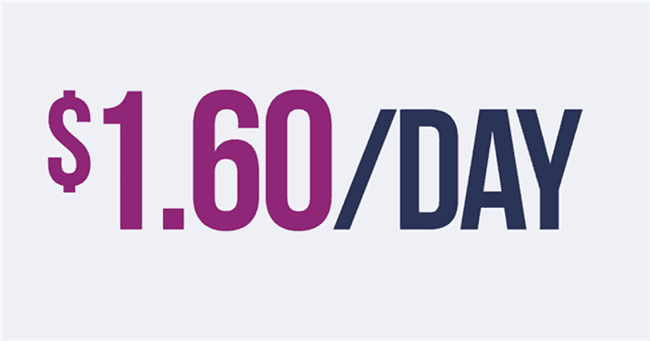
Breaking Down your Offer
Start With the Bad News
Start with the bad news to grab attention and make an offer that looks fair.

Start With the Bad News
Set a High Quantity Limit
Setting a high quantity limit can lead to increased sales.
For example, when Campbell’s Soup moved its purchase limit from 0 to 12, the average number of purchased cans went from 3.3 to 7.
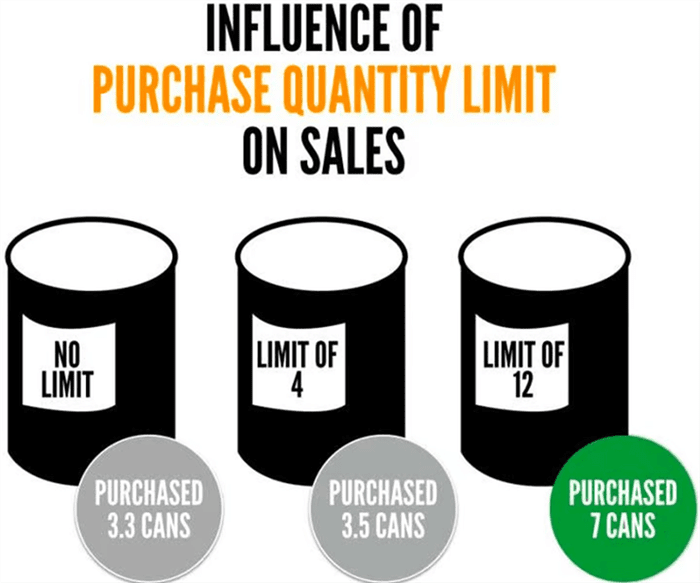
Set a High Quantity Limit
Putting It All Together
Using these pricing psychology principles can help you set prices that appeal to your customers’ emotions and biases. But it’s not just about manipulating your customers. It’s about understanding how they think and feel so you can set prices that are fair and reasonable.
So, there you have it: ten pricing psychology principles every founder should know. By understanding the psychology behind pricing, we can set prices wisely and effectively.
If you have any other tips or ideas on how to price your products, please feel free to share them in the comments below.
Good luck with your pricing, and happy selling!

